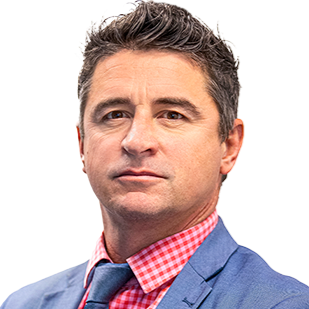He suggested the potential for a major loss claim against Dr Reay's firm and the associated insurance implications "might explain this otherwise puzzling conduct''.
When it was his turn to respond to the scathing criticisms, Mr Rennie suggested that counsel assisting the commission had set out to personally attack Dr Reay.
He said Mr Mills' closing submission went beyond the commission's terms of reference to delve deeply into personalities and historical events.
Much of the evidence consisted of "second and third-hand trivialities'', while he had lost count how many times Mr Mills had uttered the phrase "I think'' during his seven-hour summary.
Mr Mills dismissed suggestions of an agenda, saying it was impossible to probe what led to the collapse without looking at the individual key players involved.
The collapse in the magnitude-6.3 quake was "stunning'' and "distressing'' for his client, Mr Rennie said.
During one of his many visits to the witness stand, Dr Reay admitted the building "did not meet my standards'' and apologised to those who lost loved ones.
The "exceptional earthquakes - plural'' were largely behind the disaster, not any flaws in its design, he argued.
And after it performed its job, as it was designed to, to withstand the magnitude-7.1 quake of September 4, 2010, it should have been red-stickered, Mr Rennie said.
The hearing will resume tomorrow with further closing submissions from interested parties' lawyers, including counsel assisting the commission, Marcus Elliott who will speak on behalf of bereaved families and the injured.
The royal commission, chaired by Justice Mark Cooper, has until November 12 to produce its final report.
